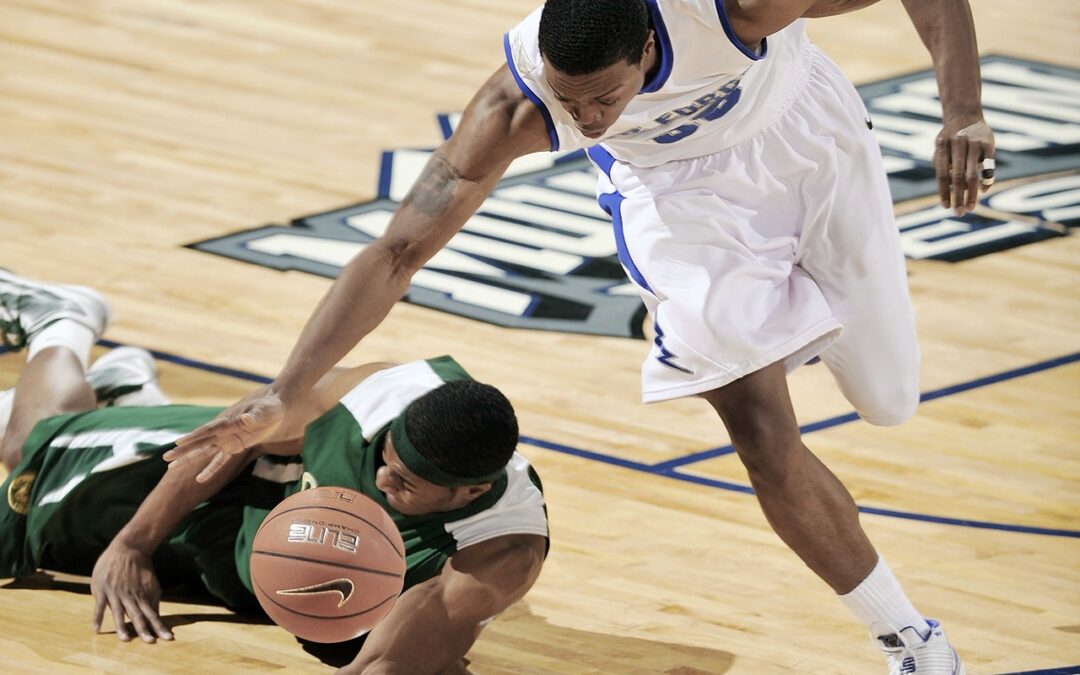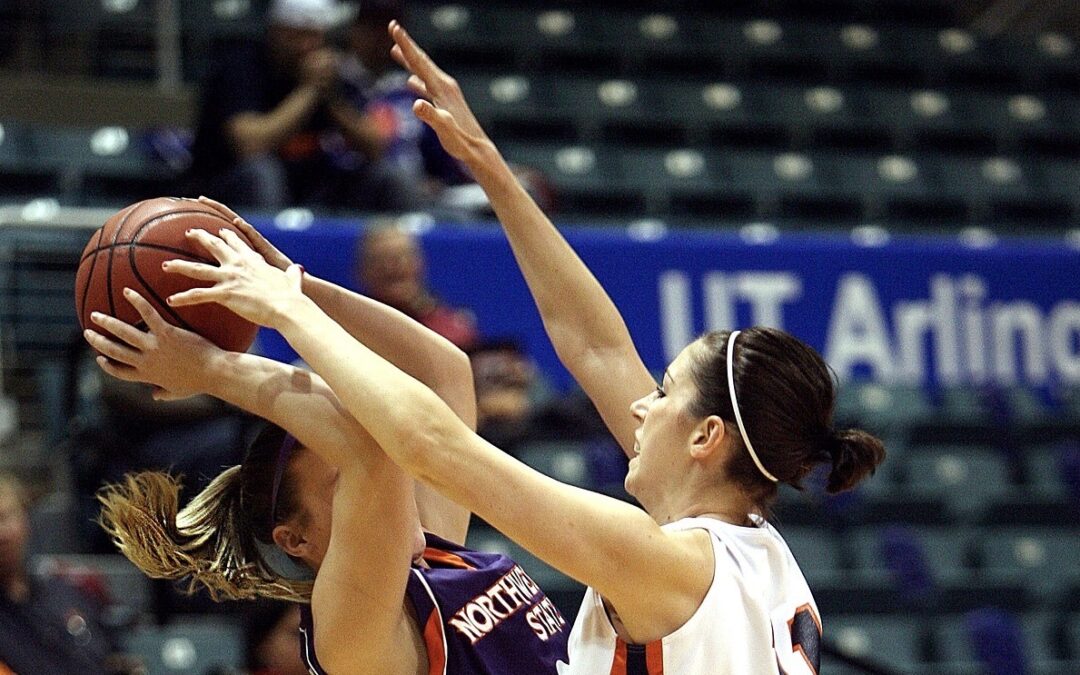
How to Run the Tempo 2-2-1 Press Defense
In the fast-paced world of youth basketball, coaches are seeking innovative strategies to gain an advantage. Enter the 2-2-1 press defense, a dynamic tactic revolutionizing the game. In this post, we’ll explore its fundamentals and highlight the incredible benefits it brings to young athletes.
Whether you’re an experienced coach or new to the game, this guide will equip you with the tools to disrupt opponents, create turnovers, and foster teamwork. Join us to unlock the power of the 2-2-1 press defense and elevate your coaching skills!
2-2-1 Press Defense Court Geography
There are four areas that we are going to discuss. In order to run this press effectively and properly, you and your team must understand the importance of each area from the very beginning.
Spot 1
Without a doubt, the most important area of the court for this press is the middle of the floor. Once the offense enters the ball into the middle of the floor, your press is doomed. You must constantly and emphatically stress the importance of keeping the ball out of the middle and always force it down the sideline.
There are many definitions of “middle.” But when it comes to pressing, the middle of the floor is the space behind your top spot defenders and in the center of the court.
Spot 2
The second area of emphasis is the sideline. The entire effectiveness of the 2-2-1 press is determined by how well you can force the ball up the sideline, or alley, as some coaches like to call it.
By forcing the ball up the sideline, you are physically containing the ball-handler. And, more importantly, limiting his vision. Without court vision, even skilled point guards will have to surrender to your defense.
Spot 3
The third important area of the floor is the middle space directly in front of your top spot defenders. When the offense inbounds the ball against this press, more times than not the receiver will throw the ball back to the inbounder. It depends on whether the inbounder is also a ball-handler and whether you are pressing soft or hard.
There are some predetermined strategies you can employ. As long as the offense is merely using the inbounder to reverse the ball from side to side, you are in great shape.
Spot 4
The fourth and final important area on the court may also be the most crucial to the success of your press. It is called the retreat spot, and when the ball enters this designated area on the court, your team must immediately sprint and retreat into your half-court defense.
2-2-1 Press Defense Spot Responsibilities
In order to deploy the 2-2-1 press defense correctly, your players must know their responsibilities.
The Top “2”
The Top Spots of the press typically belong to the guards. We usually play our guards here for multiple reasons. Our guards are typically quicker and better as ball defenders. We want our top spots to be able to anticipate possible lob passes when denying, as well as to take charges when cutters break too hard. And the players in these spots will also need to defend both the ball and the middle of the court, which is something our guards are adept at.
As important as athletic ability is in our press, being coach able and possessing a high basketball I.Q. is even more important. The top spots will be much more effective if filled with intelligent players. In other words, thinking quickly is just as important as moving quickly! A skill that most players in today’s game lack is court awareness. Your top spot players must always know where they are in relation to the ball.
The Middle “2”
The Bluff Spots are the second layer of the zone press and are responsible for forming a trap with the top spot and stopping dribble penetration in the middle of the court. The bluff spot is the most underrated spot in the press. And so we usually play our forwards here for two main reasons.
First, since they are most often taller than our guards, they form a higher wall when setting the sideline trap and so can get more deflections. Second, since the weak side bluff spot will more than likely be the second defender back to protect the basket, we want a good rebounder in this position. The bluff spots let other players in the press feel confident that they have a powerful backup to stop runaway ball-handlers. This peace of mind lets the top spots play with complete freedom and the protector stay mentally and physically aggressive.
The Back “1”
Last but not least is the Protector. This is generally our tallest player, though we will also play someone here who is slightly smaller if he anticipates well and is a strong rebounder. It is crucial that this player be completely committed to protecting the basketand understands the importance of not gambling unnecessarily.
The protector will often be your last line of defense, and so if you don’t have an intelligent player occupying this spot, the opposing team may render your press totally ineffective.
The 2-2-1 Tempo Press Special!
Don’t miss out on Coach Collins’ latest offer on through TeachHoops.com!
With this deal, you’ll receive detailed breakdown of the most widely used full court press in the game of basketball. The instant and easy PDF download provides so much information. This includes Court Geography, Spot Responsibilities, Early Denial, and what to do Once the Ball is Inbounded.
All this and so much more! Check out Coach Collins’ latest sale item today!
Related: Overview and Benefits of the 2-2-1 Press
Resources:
Coach Unplugged Podcast:

Ep 1858 Zone and Pressure Defense Discussion
If you found this useful, don’t forget to check out additional blog posts at TeachHoops.com. Also, check out TeachHoops on Facebook, Twitter, Instagram and YouTube.




